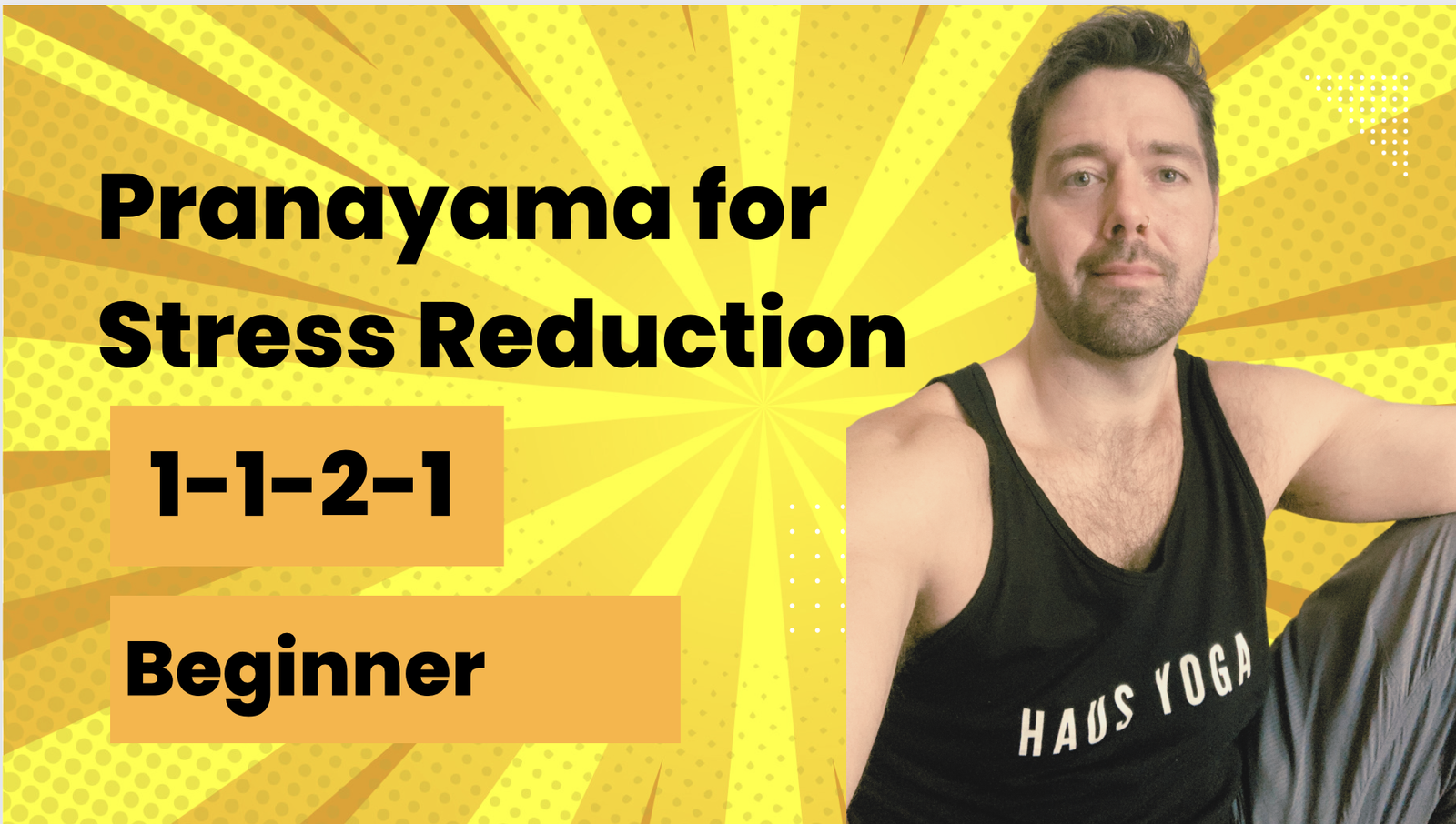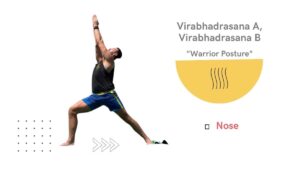Pranayama for Stress Reduction
What if I told you there’s a straightforward method to bring calmness to your mind, reduce stress, and boost your overall health– that you can do anywhere, anytime? I feel like I’m about to sell you a juicer as I type that but I swear, it’s true. Let me introduce you to an easy to follow breathing exercise for stress reduction.
I made this particular timer with a very gentle base, so its really accessible. 4-second inhale, followed by a 4-second hold, an 8-second exhale, and another 4-second pause. This means we’re using a 1-1-2-1 ratio. The four second variation is a beginner’s version that serves as a stepping stone to the six second version. Despite its simplicity, it possesses the power to improve oxygen exchange, rebalance your nervous system, enhance mindfulness, expand lung capacity, refine breath control, and establish an energy equilibrium that leaves you feeling reinvigorated.
When I first started practicing pranayamas, I’d often just fall asleep while listening to my teachers. Eventually, this fell away, and the breath became as absorbing and fascinating as the more exotic yoga postures. This one is a great starting point.
Before delving into this transformative practice, it’s essential to remember that pranayama is potent. Like any other form of exercise, it requires mindfulness and caution. If you have underlying medical concerns, it’s advisable to seek guidance from a healthcare professional or an experienced yoga instructor.
So, if you’re ready to explore the benefits of 1-1-2-1 pranayama, starting with this gentle introduction and progressing towards the intermediate version, and to experience its remarkable effects, let’s get started. Your path to a calmer, healthier, and more mindful life begins right here.
Benefits of this Breathing Exercise
This pranayama has a breath ratio of 1-1-2-1– four seconds as a base for the beginner version, and 6 for the intermediate level. This means an inhalation for six seconds, holding for six seconds, exhalation for twelve seconds, and holding for six seconds. This pattern has specific effects on the body and mind. Here’s what typically happens during this kind of breathing exercise:
- Calming and Stress Reduction: The extended exhalation phase (twelve seconds) activates the parasympathetic nervous system, which promotes relaxation and reduces stress. This phase of the breath cycle triggers the body’s relaxation response, helping to lower heart rate and blood pressure.
- Enhanced Oxygen Exchange: Longer exhalations allow for more complete removal of carbon dioxide from the lungs. This enhances oxygen exchange in the bloodstream and can lead to increased oxygen supply to the body’s tissues and organs.
- Mindfulness and Focus: Practicing this breath ratio requires concentration and mindfulness. Focusing on the breath’s rhythm helps individuals stay present and attentive, promoting mental clarity and awareness.
- Improved Lung Capacity: Over time, practicing pranayama with longer breath cycles can help improve lung capacity and respiratory efficiency. This can benefit overall respiratory health.
- Enhanced Breath Control: The structured breath pattern, including breath retention (holding the breath for six seconds), encourages individuals to develop greater control over their breath. This can be especially valuable for individuals working on breath control techniques in yoga and meditation.
- Balanced Energy: Some practitioners believe that this specific breath ratio can help balance the flow of prana (life force energy) within the body, promoting vitality and well-being.
- Relaxation and Mental Clarity: The extended exhalation and breath retention phases promote mental calmness and clarity. This can be useful for reducing mental chatter and promoting a sense of inner peace.
It’s important to note that while this pranayama exercise can offer these benefits, it may not be suitable for everyone, especially those with certain medical conditions or breathing difficulties. As with any breath control practice, it’s advisable to consult with a qualified yoga instructor or healthcare professional, particularly if you have specific health concerns.
Individual experiences with pranayama can vary, so it’s essential to listen to your body and practice mindfully. If you’re new to pranayama or have any doubts, consider seeking guidance from an experienced yoga teacher. They can provide personalized instruction and ensure that the practice is safe and suitable for you.







[…] Pranayama for Stress Reduction […]
[…] Pranayama for Stress Reduction— a 1-1-2-1 pranayama timer at both 4 and 6 second bases. […]
[…] Pranayama for Stress Reduction— a 1-1-2-1 pranayama timer at both 4 and 6 second bases. […]